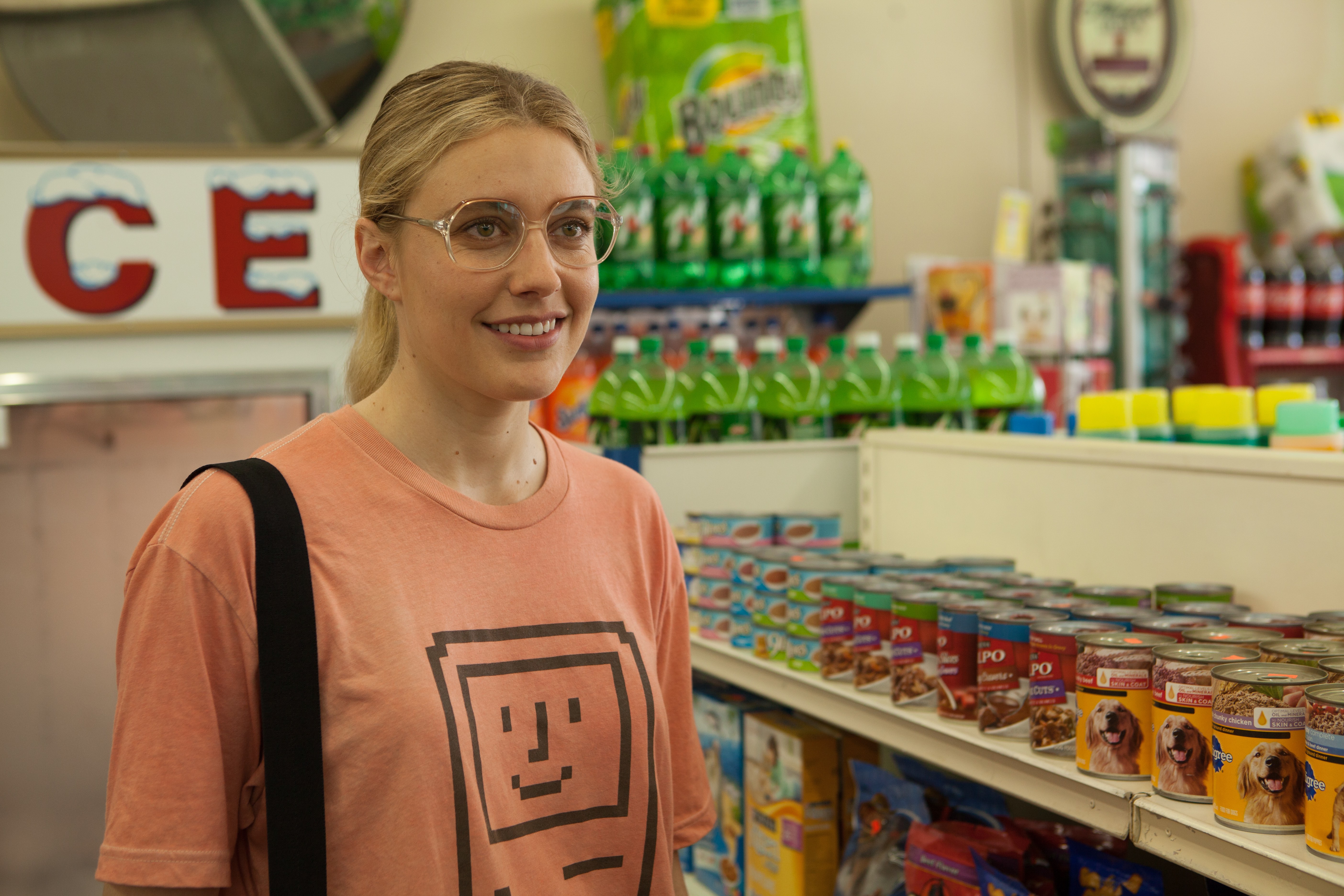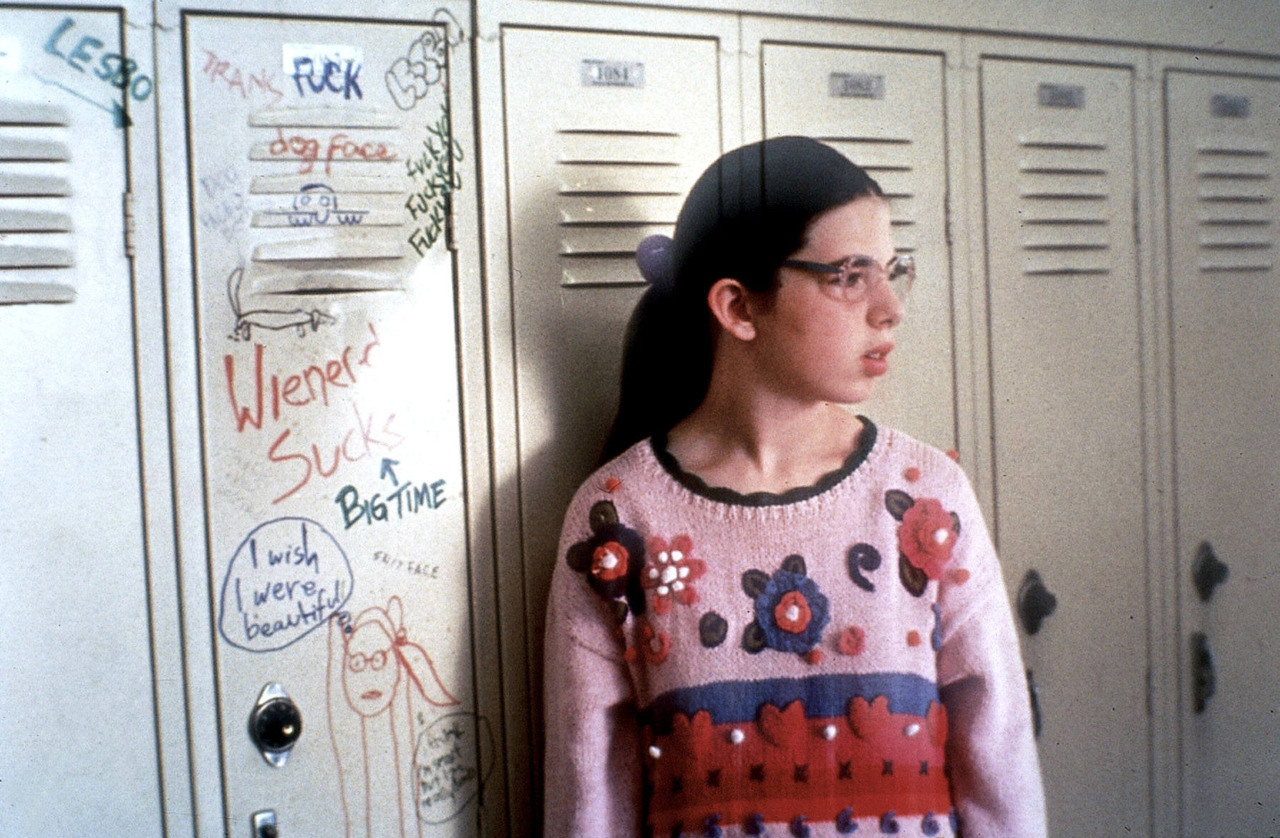Is Todd Solondz’s “Wiener-Dog” a sequel to “Welcome to the Dollhouse”?
Quick Answer: Prior to its premiere at the 2016 Sundance Film Festival, Wiener-Dog was billed as a semi-sequel to Todd Solondz’s debut film Welcome to the Dollhouse, which developed a cult following after it was released in 1995. Wiener-Dog is not so much a sequel to Solondz’s breakout hit as another film in the same strange universe that deals with similar themes of mortality and cruelty with melancholic humor. In Wiener-Dog, Solondz revives Welcome to the Dollhouse’s unpopular protagonist, Dawn Wiener. This time she is an adult, played by Greta Gerwig instead of the original actress, Heather Matarazzo.
Todd Solondz’s eighth feature, Wiener-Dog (2016), follows the life of an adorable dachsund through four stories that would otherwise seem unrelated. As the dog (whose given names include Wiener-Dog, Doodie and Cancer) is passed between four owners at different stages of life, she acts as a vessel through which we witness a range of human emotions, exercised in classic Solondzian scenes of mundanity. Wiener-Dog, which premiered at the 2016 Sundance Film Festival, was billed as a semi-sequel to the director’s debut hit Welcome to the Dollhouse (1995). The films are loosely connected in terms of plot, but in Wiener-Dog’s second vignette, Welcome to the Dollhouse’s main character is revived.
 Greta Gerwig as the adult Dawn Wiener in Wiener-Dog (2016)
Greta Gerwig as the adult Dawn Wiener in Wiener-Dog (2016)
Welcome to the Dollhouse introduced the world to Solondz’s brand of melancholic comedy. Set in suburban New Jersey — where Solondz himself grew up — the film tells the story of a perpetually bullied girl named Dawn Wiener (Heather Matarazzo) who can’t seem to catch a break. It’s a portrait of the confusing moment that is adolescence, and one that is sure to conjure up familiar feelings in viewers: what it was like to be rejected, to embarrass yourself, to feel amazingly insecure. But somehow, through all of Dawn’s pain, Welcome to the Dollhouse is most memorable for its comedy. This might be because Solondz’s fans empathize and identify with Dawn. Watching this film is like looking at an old yearbook photo: in Dawn Wiener, we see an amalgam of our middle school selves.
Dawn Wiener arrives in the second part of Wiener-Dog, but this time she’s grown up and played by a different actress (Greta Gerwig). In the film, she works as at the veterinarian clinic where the dog’s prior owners (Julie Delpy, Tracy Letts, Charlie Tahan) take her to be put down after she gets sick from eating a granola bar. Dawn rescues the dog from her morbid fate and takes her home, where she nurses her back to health and names her “Doodie.” Later in the vignette, Dawn runs into another character hailing from Welcome to the Dollhouse: Brandon McCarthy, who was Dawn’s simultaneous bully and only friend. This time he is played by Kieran Culkin and tells Gerwig’s Dawn that she looks like the wiener-dog (her middle school nickname), which she takes as a compliment.
Dawn and the dog’s shared nickname seems no coincidence. In Welcome to the Dollhouse, Dawn’s friendly nature and outcast status lead a chain of people to take advantage of her. She’s continually used as a prop: a conceit passed around by others in the same way that the wiener-dog is passed around like an object to those who need her most. Gerwig does a great job channeling the awkward innocence of the original Dawn Wiener, but one can’t help but wonder why it’s Gerwig instead of Matarazzo.
 Heather Matarazzo as Dawn Wiener in Welcome to the Dollhouse (1995)
Heather Matarazzo as Dawn Wiener in Welcome to the Dollhouse (1995)
Wiener-Dog is not the first film for which Solondz cast different actors to play the same character, and it’s not the first film since Welcome to the Dollhouse that references the character of Dawn Wiener. Solondz’s Palindromes (2004) opens with Dawn’s funeral. We learn that she went to college, gained weight and committed suicide. The rest of the story follows a 13-year old girl named Aviva, who over the course of the film is played by eight actors of different ages, races and genders. In an interview with The Believer, Solondz explained the significance of using different actors for the same role, and how it’s all rooted in Dawn Wiener: “So many people who saw [Welcome to the Dollhouse], no matter how different they were from one another, said the same thing. They said, ‘That was me! I was just like Dawn Wiener!’ And so I started wondering what it would be like to create a character who was played by different actors of widely varying types, what that might mean in terms of audience identification as well as sympathy for the character. But it was more than that. I had a vision that in the end, paradoxically, Aviva could turn out to be a deeper and more poignant character for having been played by different actors than if she’d been developed in the conventional way.”
 Palindromes (2004)
Palindromes (2004)
After killing off Dawn Wiener in Palindromes, Solondz revived her in Wiener-Dog to project the character (and her cult following) into a more hopeful future. While other links between the director’s first and most recent film are as tenuous as the connections between Wiener-Dog’s vignettes, Solondz continues to build on (and make magic from) the same basic material. He’s interested in the multiplicity of character: how thousands of viewers can truly see themselves in Dawn Wiener and Aviva — or at least place themselves in the context of their emotional experiences.
Solondz’s technique of sharing a character with several actors and thus multitudes of his fans lends a mystical quality to his work. His stories are fairytales of misfit characters that offer both humor and solace for viewers who have been there. The universe of Solondz’s films might seem lonely or depressing — especially Wiener-Dog, which deals thematically with mortality — but when we’re watching, his characters are never alone.

